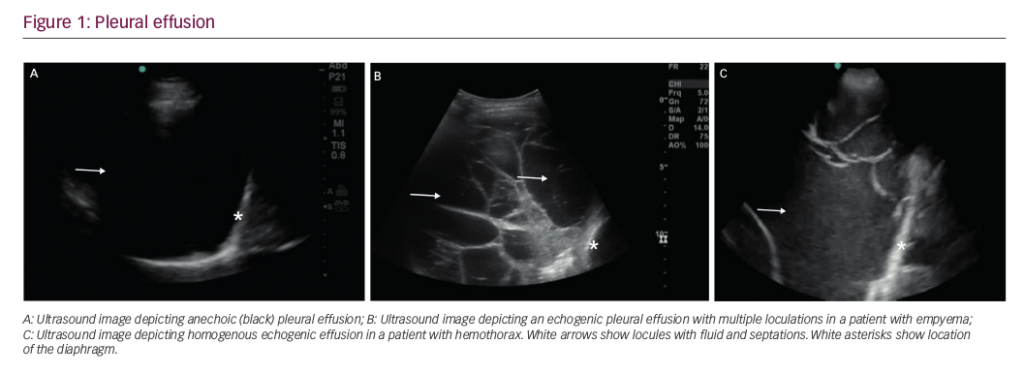Q. How prevalent is latent tuberculosis infection around the world?
LTBI is the stage at which a person has been infected by M. tuberculosis but has not developed the disease. These people develop an immune reaction which can be detected by an indirect test (tuberculin skin test or interferon-gamma release assay), but have no symptoms and cannot transmit the disease.2 A minority of those infected will develop TB in the future, mostly during the first 2 years after infection, but the majority will not; this is possibly because they are able to control the infection or they have successfully eliminated the mycobacteria from the organism. The risk of developing TB depends on the quality of the immune defence mechanisms, the persistence of living mycobacteria in the organism, the delay since infection and age. Young children, immunocompromised people and those in recent contact of a case of pulmonary TB have the highest risk of reactivation.
The global prevalence of LTBI broadly reflects the local prevalence of TB and is estimated to be between one-quarter and one-third of the world population, increasing with age.3 Those with documented contact with a case of transmissible TB are at the highest risk of infection (up to 50% chance). In low-incidence countries, the prevalence of infection in the general population is approximately 1% among young adults,4 but can increase to 8% in elderly adults,5 and up to 25% in adult migrants from high-incidence countries.6
In infected persons, the risk of TB development can be decreased by a preventive treatment.
Q. Could you give us a brief summary of the latest WHO guidelines on the management of latent tuberculosis infection?
All cases of TB arise from people who have been infected and could not control the infection. Therefore, controlling the infection with a preventive treatment could decrease the pool of future TB cases and contribute to the progress towards elimination of TB.7 As global detection and treatment of all those infected is not feasible (but has been attempted in the past), screening of groups at risk and offering preventive treatment to infected individuals is now considered part of the WHO’s End TB Strategy; in addition to the detection and treatment of active cases, which remains the first priority.8
In 2015, WHO issued new guidelines defining the groups in which screening and preventive treatment is considered to be cost-effective; these are contacts of cases of transmissible forms of pulmonary TB (all ages), and immunocompromised people. If the local resources are sufficient, further groups to be considered for screening and preventive treatment are prisoners, migrants from high-burden countries, homeless people, illicit drug users and exposed healthcare workers.9 Persons with incipient TB at the time of screening should receive a full course of anti-tuberculous treatment. Recently, an update of the guidelines has been issued, in which the WHO insists that all national TB guidelines should consider the integration of screening for LTBI and preventive treatment for those with the highest risk of developing TB within the framework of routine activities.10 The screening procedures, the selection of the preventive treatment and the management of contacts of multidrug-resistant TB cases is also addressed in this document.
Q. What are the most important changes compared with previous guidelines?
In previous guidelines (for instance the 2012 guidelines on contact investigation11), the main aim of contact investigation was the detection of secondary cases of TB among close contacts and the identification of young children and people who are immunocompromised; these groups were the only people considered eligible for a preventive treatment (with or without the documentation of infection). In the current guidelines, all recent contacts (regardless of age) are eligible for screening and, if found infected, should receive a preventive treatment unless contra-indicated. The increase in cost of systematic screening of contacts is compensated by the fact that only contacts with a documented infection are eligible for a preventive treatment. Uninfected contacts are considered at very low risk of TB development, unless immunocompromised or below the age of 5 years.
Screening for LTBI and preventive treatment for other risk groups, such as prisoners, migrants and healthcare workers, can also be considered, depending the local situation and the available resources.
Q. Which groups are most at risk of LTBI and should be targeted for screening?
The risk of infection depends on the duration of unprotected exposure to a source of TB transmission (usually a patient with smear-positive pulmonary TB) and the concentration of mycobacteria in the air.12 Therefore, close contacts of patients with pulmonary TB should be screened and offered a preventive treatment, if found infected.
The risk of developing TB, once infected, is highest in people who are immunocompromised and young children (below the age of 5 years). These groups should also be submitted to screening if they live in or originate from an environment with a risk of exposure to TB. Prisoners, migrants and healthcare workers may be exposed to TB, depending on the local living or working conditions and the local prevalence of TB. The decision to screen should take into account the local risk and the available resources.
Q. How cost-effective are these recommendations?
Contact investigations and provision of preventive treatment of those who are infected, young children and immunocompromised persons has been demonstrated as cost-effective.13,14 For migrants, screening and provision of preventive treatment is considered as cost-effective at least in young people originating from high-burden regions.15,16
As tests for LTBI do not indicate who will develop TB in the future (low positive predictive value), the prescription of a preventive treatment should target people with the highest risk of TB and the highest benefit of treatment, taking into consideration individual factors such as intensity of exposure and quality of the immune defence mechanisms. This can improve the selection of eligible candidates for preventive treatment and contribute to the decrease in the number of infected people submitted to an unnecessary treatment.17,18
One of the criticisms of the new policy of screening and preventive treatment for those who are infected is the fact that the effectiveness of the policy depends largely on the adherence to the preventive treatment, which may be high in some groups but very low and unsatisfactory in others.19 Therefore, efforts should be made to select the preventive treatment which offers the highest chance of being followed to the end. Short-term treatment regimens (for instance 3 months of isoniazid and rifampicin or 3 months of weekly rifapentine and isoniazid) are well tolerated and yield better adherence than traditional treatments with 6 or 9 months of isoniazid.20,21














